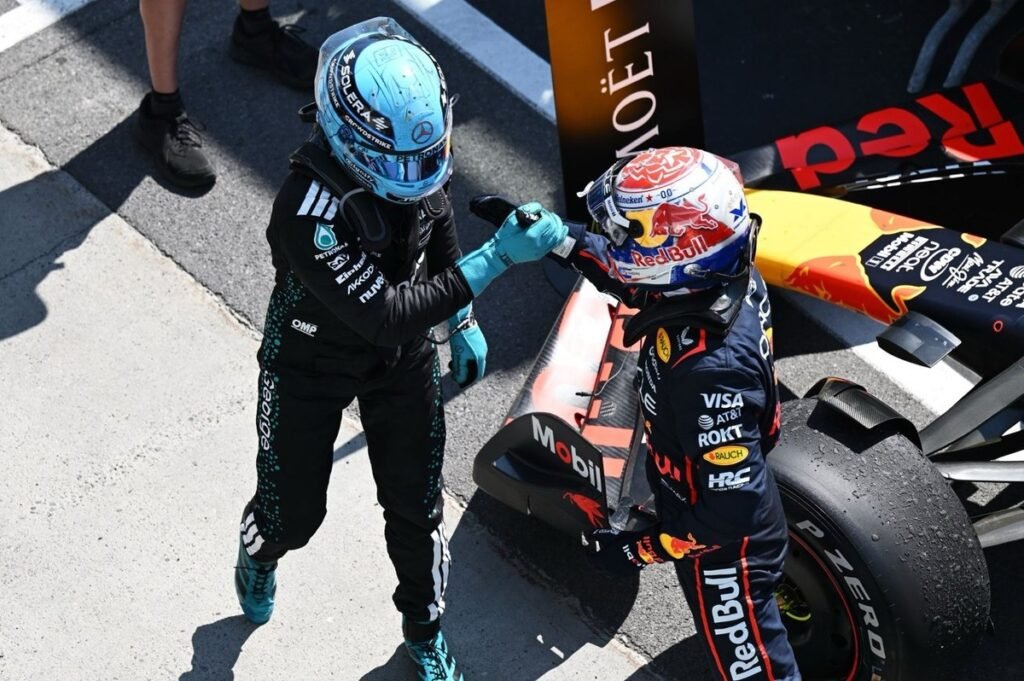Dramatic Conclusion at the Canadian Grand Prix: Red Bull Protests and Lando Norris Incident
The Canadian Grand Prix concluded with significant controversy, focusing on Red Bull’s protest against Mercedes driver George Russell and a collision between McLaren teammates Lando Norris and Oscar Piastri.
Red Bull’s Protest Against Russell
Red Bull Racing, led by team principal Christian Horner, lodged a formal protest regarding two incidents involving Russell. The team accused him of “erratic driving” behind the safety car, specifically citing an instance of excessive braking that could be construed as an attempt to disorient teammate Max Verstappen. Horner called this “gamesmanship.”
In a stewards’ hearing that lasted 45 minutes, Red Bull presented telemetry data indicating Russell’s unusually hard braking and onboard footage showing Russell checking his mirrors before braking. They claimed this was designed to manipulate Verstappen into a penalty situation.
Horner stated, “It’s clear that kind of stuff goes on,” reinforcing the team’s view that Russell’s actions were intentional. The stewards ultimately rejected all claims made by Red Bull, stating Russell’s behavior was typical for a safety car phase.
Mercedes’ Defense
In response, Mercedes defended Russell, arguing that "periodic braking" during a safety car is standard to maintain tire and brake temperatures. Russell clarified that his mirror check was a safety measure, not a ploy, asserting that it was the result of having gotten too close to the safety car.
Their telemetry data indicated that Verstappen had similarly braked hard, which argued against any notion of misconduct.
FIA’s Ruling
FIA representative Tim Malyon explained that race control did not refer the case to the stewards, supporting Russell’s explanation that such braking is expected. The stewards concluded that Russell did not engage in unsporting behavior, and their verdict decisively rejected Red Bull’s claims.
Interestingly, Red Bull’s claim about exceeding the 10-car-length rule during the safety car phase was not highlighted in the final report, indicating it was a less critical aspect of their protest.
Norris-Piastri Collision
Separately, the stewards assessed the incident involving Norris and Piastri. Norris admitted fault for the collision, which occurred when he misjudged available space in an overtaking maneuver. The stewards deemed him "fully" responsible but imposed only a five-second time penalty since Piastri’s vehicle sustained no damage and continued racing.
This time penalty will not affect Norris’s grid position for the upcoming Austrian Grand Prix, as he completed over 90% of the race distance, classified as finishing 18th rather than receiving a DNF.
Conclusion
The Canadian Grand Prix not only highlighted competitive tensions between rival teams but also underscored the complexities of race regulations and incident adjudications. As the championship unfolds, these incidents could have ripple effects on team dynamics and driver performance in subsequent races.


